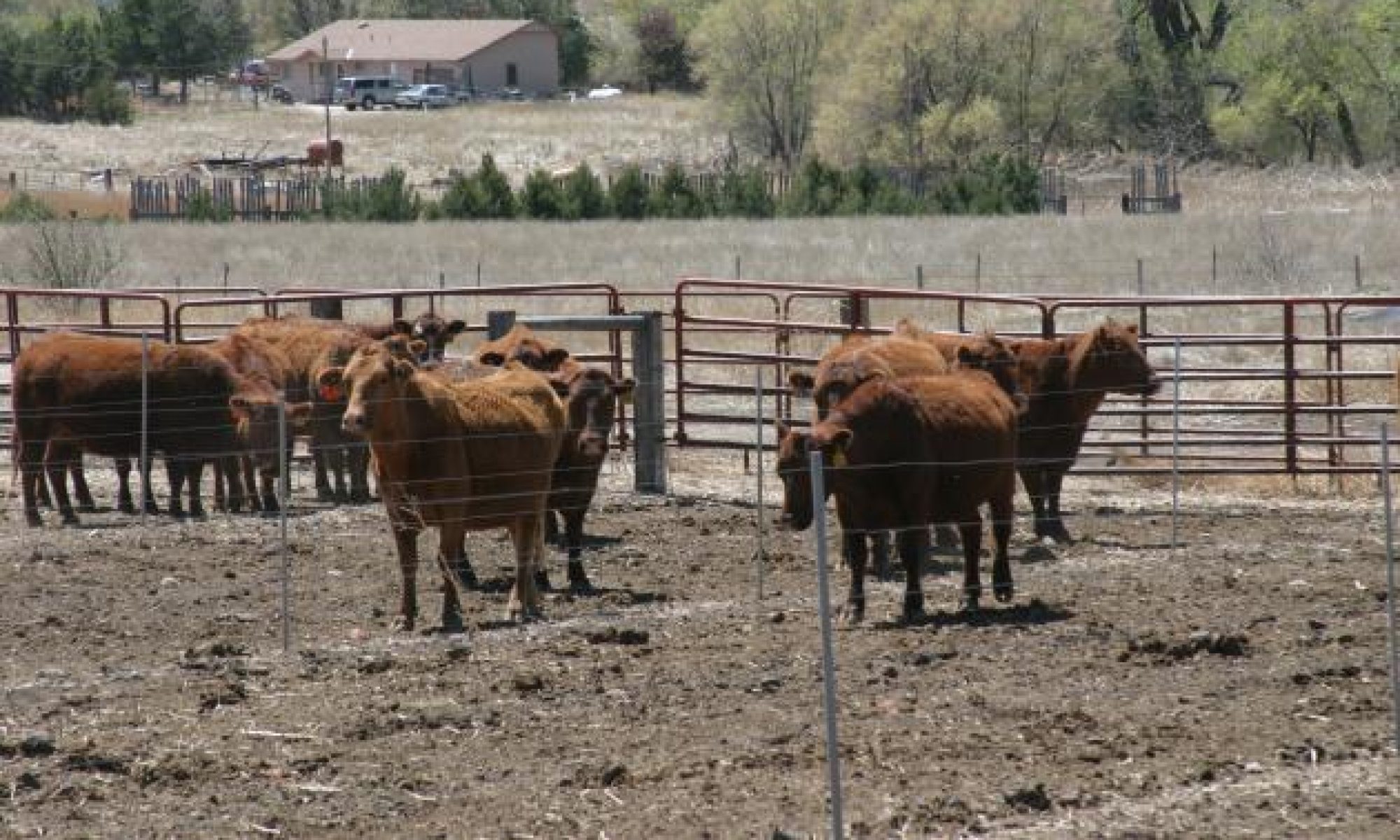Farmers and ranchers often tell me their prairie hay or cane hay or other grass hay looks really good but when a lab tested it the relative feed value, also called RFV, was surprisingly low. Protein was good, TDN was okay, and the animals did just fine. So what’s wrong with relative feed value?
Actually nothing is wrong. We must understand how RFV is calculated and how it should be used. First, relative feed value is calculated using only fiber values. Even though protein certainly affects the value of hay, it has absolutely no affect on the calculation of relative feed value.
Relative feed value was initially developed for the dairy industry. It was designed to help rank the potential energy intake of different hays by lactating dairy cows. RFV does this quite well, especially for legumes like alfalfa.
Grass hay, though, is a bit more difficult. Grass has more fiber than alfalfa, which lowers its RFV. But, that fiber often is more digestible than alfalfa fiber. So grass hay frequently is ranked lower than it should be using relative feed value.
Also, RFV doesn’t predict performance by other types of animals, like beef cows, as well because potential energy intake does not have as much influence on their performance.
What this basically means is that when you feed grass hay to animals other than dairy cows, focus on crude protein and TDN.
The RFV is much less important and could cause you to worry more than its worth.
